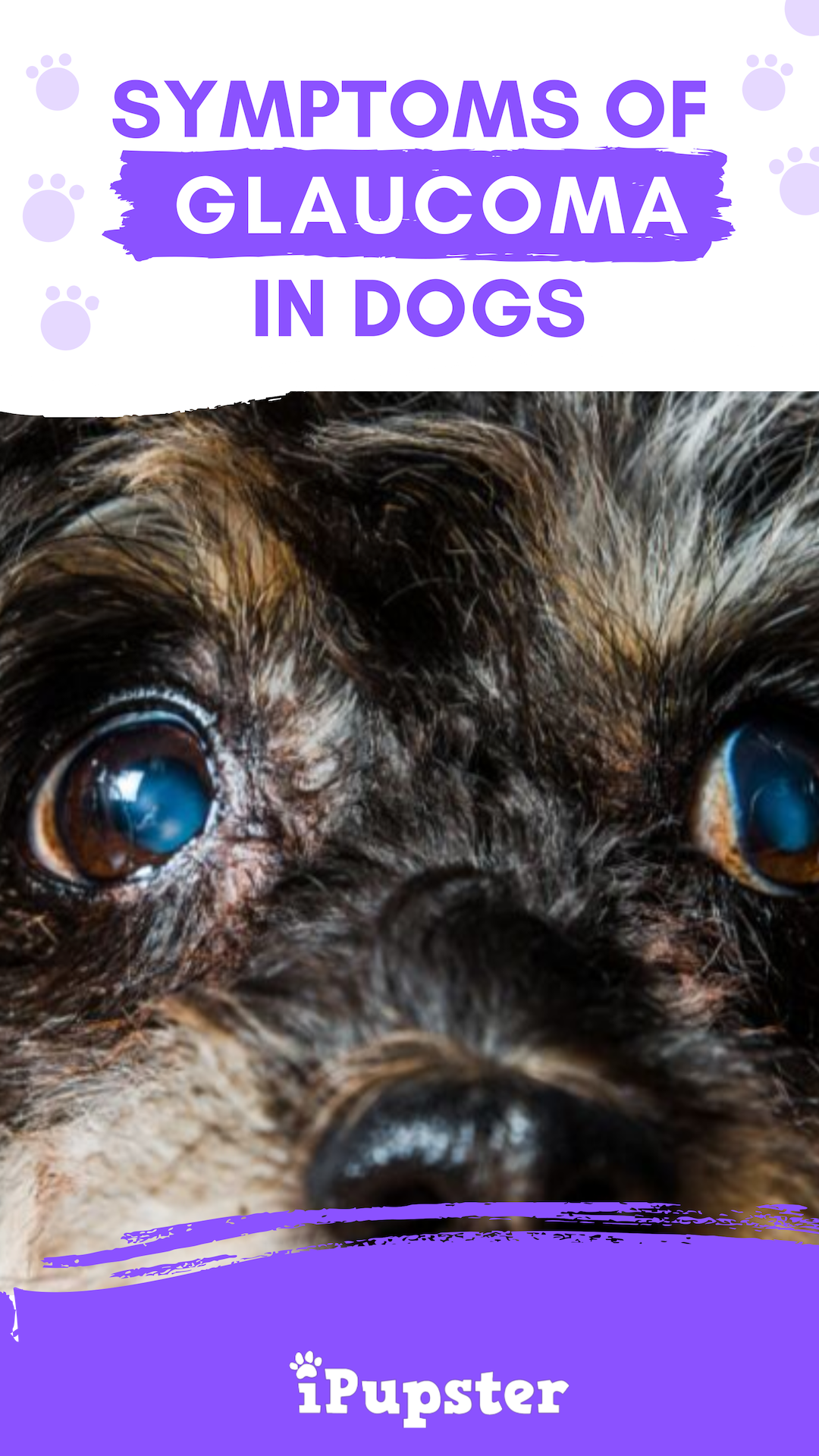Glaucoma feels like a headache so many times dogs will not experience squinting or pawing at the eye but may sleep more instead or not act like themselves.
Eye drops for dogs glaucoma.
Antibiotic eyedrops to help manage secondary infections.
Glaucoma is one of the most difficult to identify eye diseases in dogs since clinical symptoms may be delayed and if present in the dog the owner will hardly notice them in time.
Types of eye drops for glaucoma.
The majority of dogs presenting with glaucoma in one eye will develop glaucoma in the other eye within a year.
Lots of eye diseases can cause these signs though so it can be difficult to know if your dog has glaucoma.
With secondary glaucoma depending on the trigger once a dog has it in one eye it is more likely to develop in the second eye as well.
Glaucoma this condition is caused by excessive pressure in the eye and can be spotted in a few ways including a bulging eye or eyes.
Glaucoma means elevated pressure in.
Left untreated glaucoma in dogs can lead to loss of vision and might require removal of the affected eye itself.
Because glaucoma has no symptoms it can be easy to forget your meds.
Whether your doctor suggests eye drops or pills for your glaucoma it s important that you take your medicine regularly.
Eye drops can stop the progression of the infection and very possibly reduce the chances of blindness.
Immunosuppressant drugs to help control the immune system.
When a veterinarian examines a dog with glaucoma they will use an instrument that measures pressure in the eyeball called a tonometer.
Unfortunately 40 percent of dogs affected by glaucoma will become blind in the affected eye within the first year regardless of medical or surgical treatment.
If you suspect that your dog has glaucoma then you need to take it to the vet quickly.
A normal eye produces a liquid called aqueous humor to provide nutrition for the inner.
Glaucoma in dogs is a serious eye disorder.
Dogs who have had primary glaucoma in one eye are almost guaranteed to get it in the other eye and dogs with a close family history are at a much higher risk for the disease.
In the event that the veterinarian has diagnosed canine glaucoma and started appropriate treatment you should know.
Therefore it is critical to go to the vet frequently and ask them to perform eye examinations.
Take your dog to your veterinarian.
Glaucoma is common in certain dog breeds that are genetically predisposed such as samoyeds cocker spaniels poodles chow chows and siberians.
Glaucoma in dogs typically causes eye redness and cloudiness.
The time frame in which your dog is seen by a vet and diagnosed will greatly impact the outcome.
With glaucoma this pressure will be increased.
Glaucoma may be primary or secondary if it is secondary it may be cured if the underlying cause is successfully treated but if it is primary glaucoma then it would need lifelong management.















































